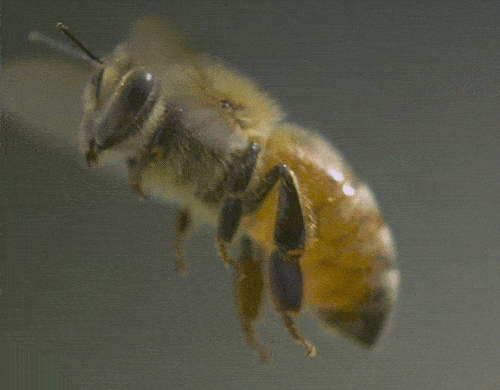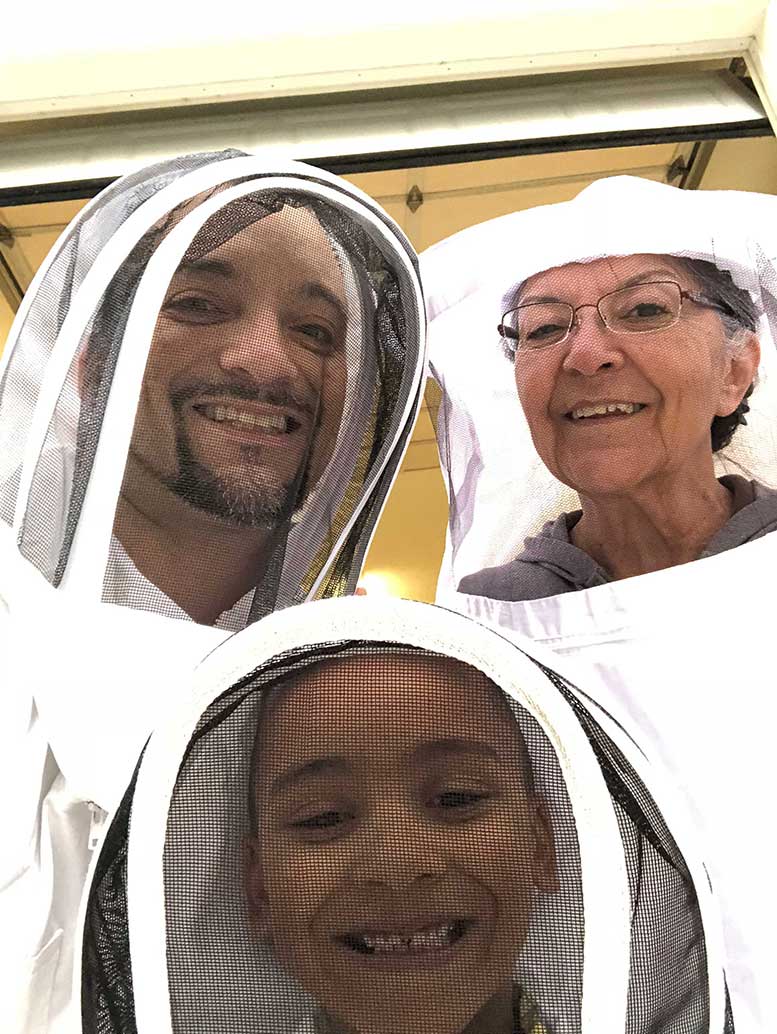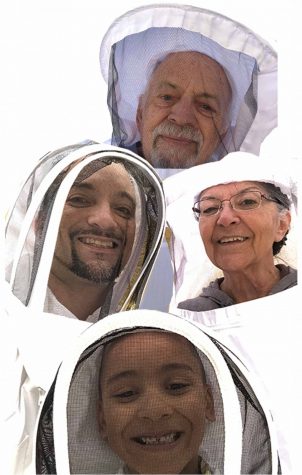- Your cart is empty
- Continue Shopping
Bee’s Feed The World
Bee’s Feed the World
What is it about the bee that fascinates us so? Beyond the extraordinary ways in which they live their lives, how is it that they have such a profound impact on our planet and, therefore, on us?
The bee is a mini-marvel of science. Putting aside that there are so many species of bees, the honey bee alone is incredible.
Beekeepers form a surprisingly deep bond with the bees that inhabit our hives. It is illuminating to step back and consider the true wonder of the bee. Let’s look at just a few of the many reasons that bees totally rock our world!
Bees are one of the most powerful forces of nature. The minute contribution of a single bee visiting a single flower and her subsequent trips to flowers of the same species doesn’t change our world. But extrapolate that to all the bees in a beehive and that singular moment is multiplied tens of thousands of times.
Extend that still further to so many colonies – natural or otherwise – and all the regions thus pollinated. At this point the principle of “mutualism” rings loud and clear, through the miracle of pollination and the beautiful dance between bee and flower.
Mutualism is…
…a way for two organisms of different species to share a mutually-beneficial relationship. The honey bee and flowering plants represent one of the most successful examples of mutualism in nature.
Our food chain depends very heavily on the role of the bee as it pollinates.
Around 75% of native plants globally require animal pollination, much of which is through bees.
A significant portion of the food we eat is on our table due to the efforts of pollinators.
The economic benefits are huge, with pollinators being responsible for over $15 billion of food crops – in the US alone.
In order to feed the predicted population apex of 9 billion people by 2050, we must increase our ag yield by 20 to 30 percent, said Becky Timmons, Alltech’s global director of applications research and quality assurance, at the closing session of the 30th Alltech Symposium. We have two options: We can spread out on more land, which is not possible, or get better yield off the land we have.
How do bees help?
Bees travel an average of 55,000 miles to create one pound of honey, and one hive visits 225,000 flowers per day. The flowers’ pollen provides protein for the bee, and the bee also gets energy from its nectar.
The problem is that we’ve gotten rid of many things that bees would naturally go to through the treatments of our yards. We’ve changed their environment and limited their food source.
Since 2006, beekeepers have been losing one-third of their colonies per year in what has been termed “Colony Collapse Disorder.”
Why? There is not a clear answer but there are several suspected causes:
- Pesticides: They are absorbed by plants into their vascular system and get into the soil. Bees ingest them at a sub-lethal level, and the pesticide acts as a nerve agent.
- Parasites: Varroa mite, an external parasite, as well as Nosema, a unicellular parasite; fungus
- Urbanization: As we take away bees’ food sources, it becomes more difficult for them to reproduce and stay healthy.
- Monocrops: Monocropping creates a challenging environment for bees because it provides only a seasonal food source and no diversity.
What if you look at all the hurdles bees face daily? If a bee has a parasite and is not well, he will go out in search of nutrition sources. Unfortunately, he often can’t find these sources because the flowers are not there any longer because you have used herbicides on your lawn or you are in an urban area, explained Timmons. So the bee now has to travel farther to get food. Once it gets there, it feels dizzy because it has ingested the pesticide, and it’s so disoriented it can’t get back to the hive.
What can we do to help bees?
- Join the public outcry.
- Limit the use of pesticides.
- Plant more wildflowers, hedges, trees, etc.


